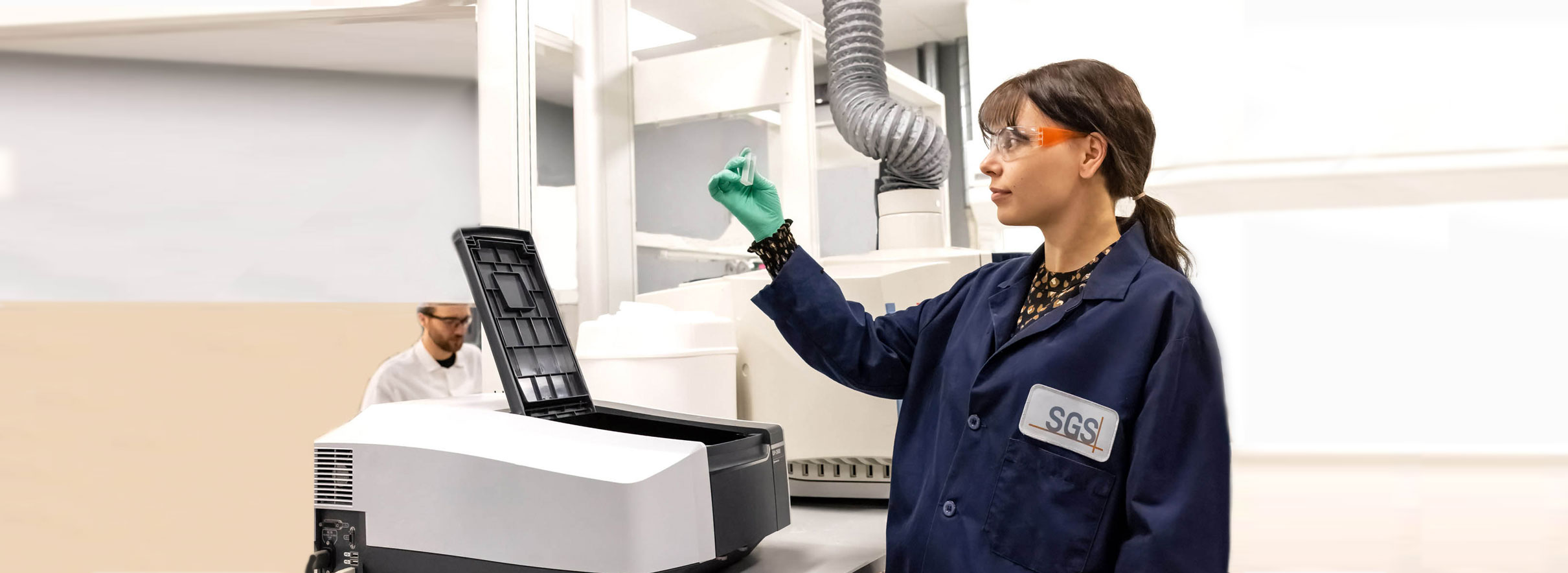
Spectroscopy
Ultraviolet-visible spectroscopy is the subset of spectroscopy that deals with the visible to ultraviolet range of the electromagnetic spectra.
Its primary uses are to determine the concentration of compounds that absorb radiation in that range and to determine how much light passes through a sample.
Approaches
The concentration of compounds that absorb light in the ultraviolet to visible range is determined using the Beer-Lambert law. Using the proportionality between concentration and absorbance it is possible to create a calibration curve using standards of known concentration and find the concentration of an unknown by plotting its absorbance value on the curve.

Sample Considerations
Films can be tested directly, depending on thickness. Other sample types are typically dissolved and tested in solution. Contact us to determine your specific UV-Vis testing needs and associated sample considerations.
Experience
Examples of our experience with
UV-Vis Analysis include:
- Formaldehyde content of PEG and bone putty
- Percent transmission of light through pharmaceutical packaging
